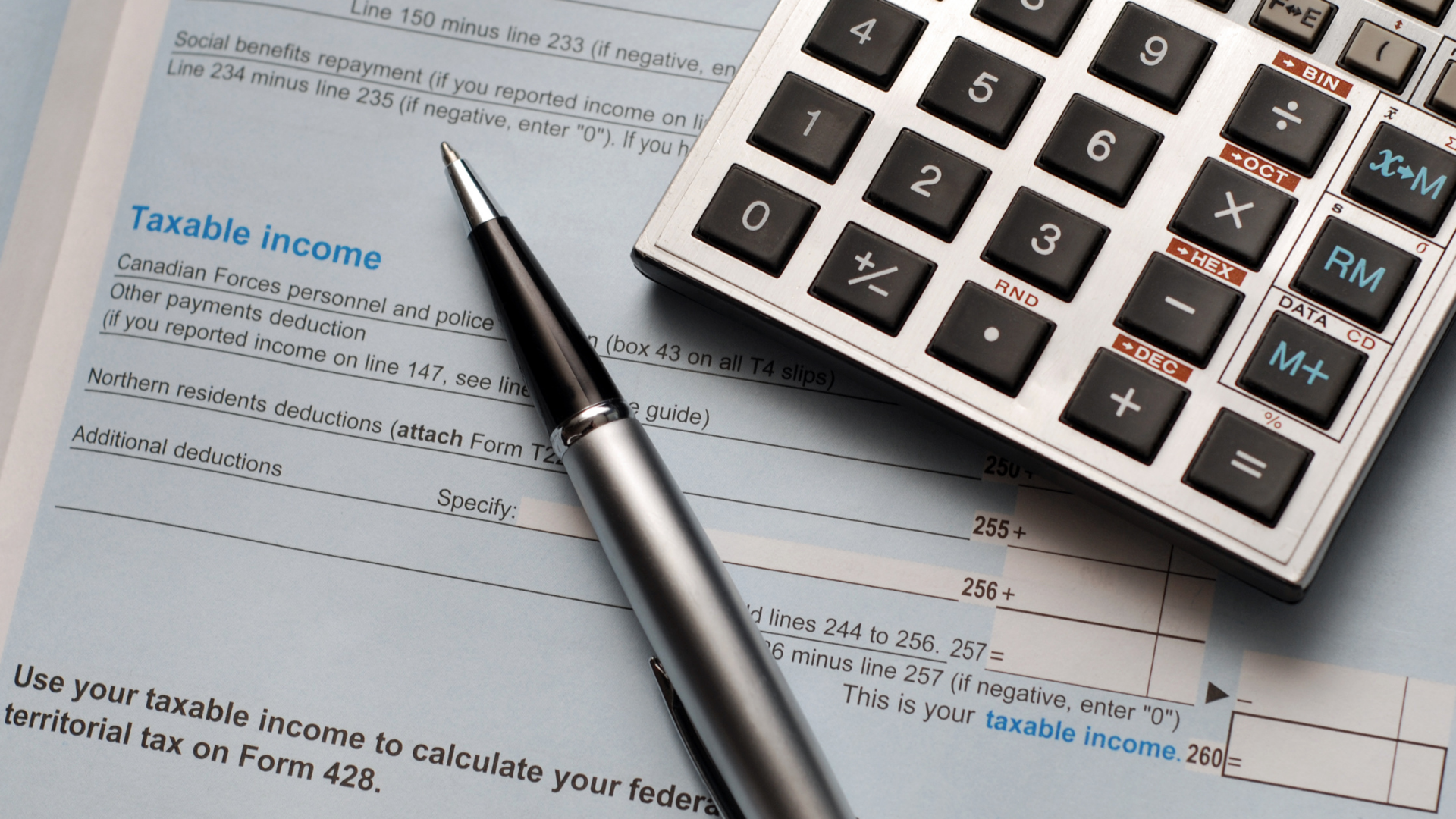Running a business is altogether different from working as a freelancer. Small business owners enjoy many tax benefits as they have a high expenditure. Separating your business and work-life is important not only for your personal welfare but also for tax purposes. The Canada Revenue Agency (CRA) allows you to deduct Capital Cost Allowance (CCA) from your taxable business income. If used efficiently, the CCA can reduce your tax bill significantly.
This article will discuss the Capital Cost Allowance and how businesses can use it efficiently for tax savings.
What Constitutes a Capital Cost Allowance?
The CRA divides business expenses into current and capital costs. Any expensive object with a longer life that helps you earn revenue is an asset. The cost you incur to buy, install, or upgrade the asset constitutes the capital cost. However, any expense you incur to maintain, repair, or run that asset constitutes the current cost.
For instance, XYZ paper company buys a van for $35,000 and uses it for delivering the paper to its clients. The van is an asset, and $30,000 is the capital cost. However, the fuel and regular maintenance is the current cost. Therefore, the company can deduct the current cost in operating expenses while calculating the business income.
But did you know, XYZ can deduct a portion of the $35,000 capital cost over a period to reduce its business income? That is called the Capital Cost Allowance. By the CRA definition, the Capital Cost Allowance is “a tax deduction that Canadian tax laws allow a business to claim for the loss in value of capital assets due to wear and tear or obsolescence.”
How does Capital Cost Allowance Works?
The first step towards calculating the Capital Cost Allowance is to calculate the capital cost, which includes:
- The cost of buying the assets, including delivery, installation, and Goods and Service Tax/Harmonized Sales Tax (GST/HST).
- Any fees paid to buy the asset, including legal, accounting, inspection, and architectural.
- The cost incurred to upgrade, renovate, or improve the asset is not included in operating expenses.
The second step is to calculate the Capital Cost Allowance. The CRA has categorized the assets into different classes based on their depreciable life. Each class has an assigned Capital Cost Allowance rate. The CRA calculates the CCA on a declining basis, which you will see below.
Going back to the previous example, XYZ paper company’s delivery van comes under class 10, with a Capital Cost Allowance rate of 30%. When it purchased the van in the first year, it will apply the half-year rule under which it can only claim 50% of the CCA. The calculation for CCA tax deduction is as follows:
First-year: $35,000 x 15% of Capital Cost Allowance (half-year rule) = $5,250.
XYZ paper company can deduct $5,250 in the CCA from its taxable business income.
Second-year: $35,000 – $5,250 = $29,750 (Undepreciated Capital Cost or UCC)
$29,750 x 30% of CCA = $8,925
XYZ paper company can deduct $8,925 in CCA from its taxable business income.
In the third year, it can deduct $6,247.5 in Capital Cost Allowance. After that, the CCA will keep declining until the asset value becomes zero or the company sells the asset.
The complexities of the Capital Cost Allowance
The Capital Cost Allowance calculation gets complicated as assets increase and complex assets like real estate emerge. For instance, the business cannot deduct the CCA on the land capital cost, but it can deduct the CCA from the building cost. Adding to the complexity, it can deduct the CCA only when it uses at least 90% of the building for business. If there are renovations ongoing, it can claim the CCA after they are completed. You might want to take the help of an expert for such complexities.
Coming to the tax component of the CCA, you can leverage its cumulative nature to maximize your tax savings.
How to Use Capital Cost Allowance to Reduce Tax Bill?
The Capital Cost Allowance is cumulative, so there is no hard and fast rule to claim this allowance every year. You can claim the entire allowance, a portion of it, or none. When you claim, the CCA determines how efficiently you use this deduction.
A business has up-cycles and down-cycles, and there are times when profits are low, and high capital expenditure is coming. As a business, you maintain your books and calculate estimated tax, expenses, and cash flows to make strategic decisions. Then, when your tax bill is manageable, you can accumulate the CCA and preserve it for the year when the tax bill is high.
Returning to our previous example, the XYZ company accumulates the three-year CCA of its delivery van, which comes to little above $20,420. In the fourth year, it plans to buy a new delivery van. It can use the accumulated CCA to reduce its business income and channel those tax savings toward funding the new van.
This is is one of the many ways to leverage the CCA to reduce the tax bill.
Contact Edelkoort Smethurst CPAs LLP in Burlington for Expert Tax Advice
The expert team of financial advisers at Edelkoort Smethurst CPAs LLP can help you make the most of the CCA and maximize your tax savings. We provide trusted tax, accounting, and business advisory solutions to clients throughout Burlington and Ontario. To learn more about how we can help your business, contact us online or by telephone at 905-517-2297.

